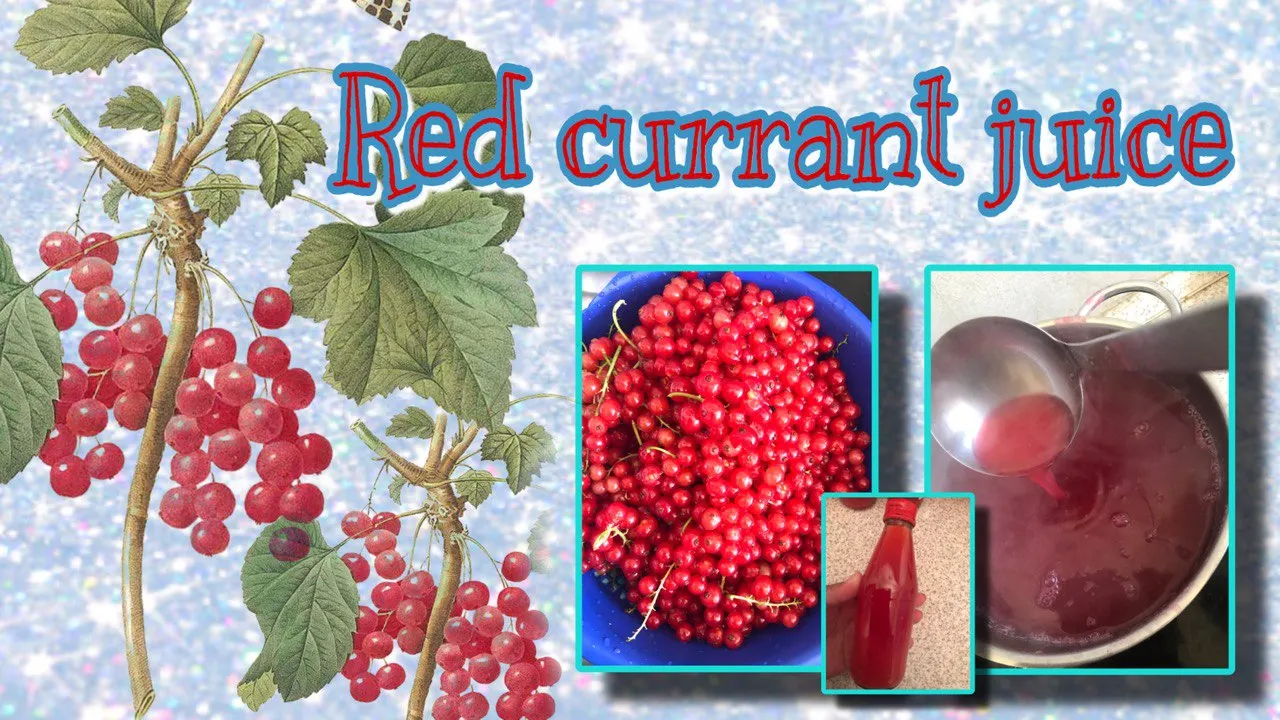
Hello, lovelies! I wish you all a magical start to the day - and that you can cool off a little on this hot summer's day. It's very warm here at the moment, so I set off early in the morning. The dew hadn't quite evaporated yet as I strolled through the garden armed with a basket. The sun was just peeking over the horizon, but I knew that now was the time for the red jewels. Because just before the midday glow, the redcurrants are at their most vibrant - a deep, vivid red that peeks out from between the leaves like little lanterns.
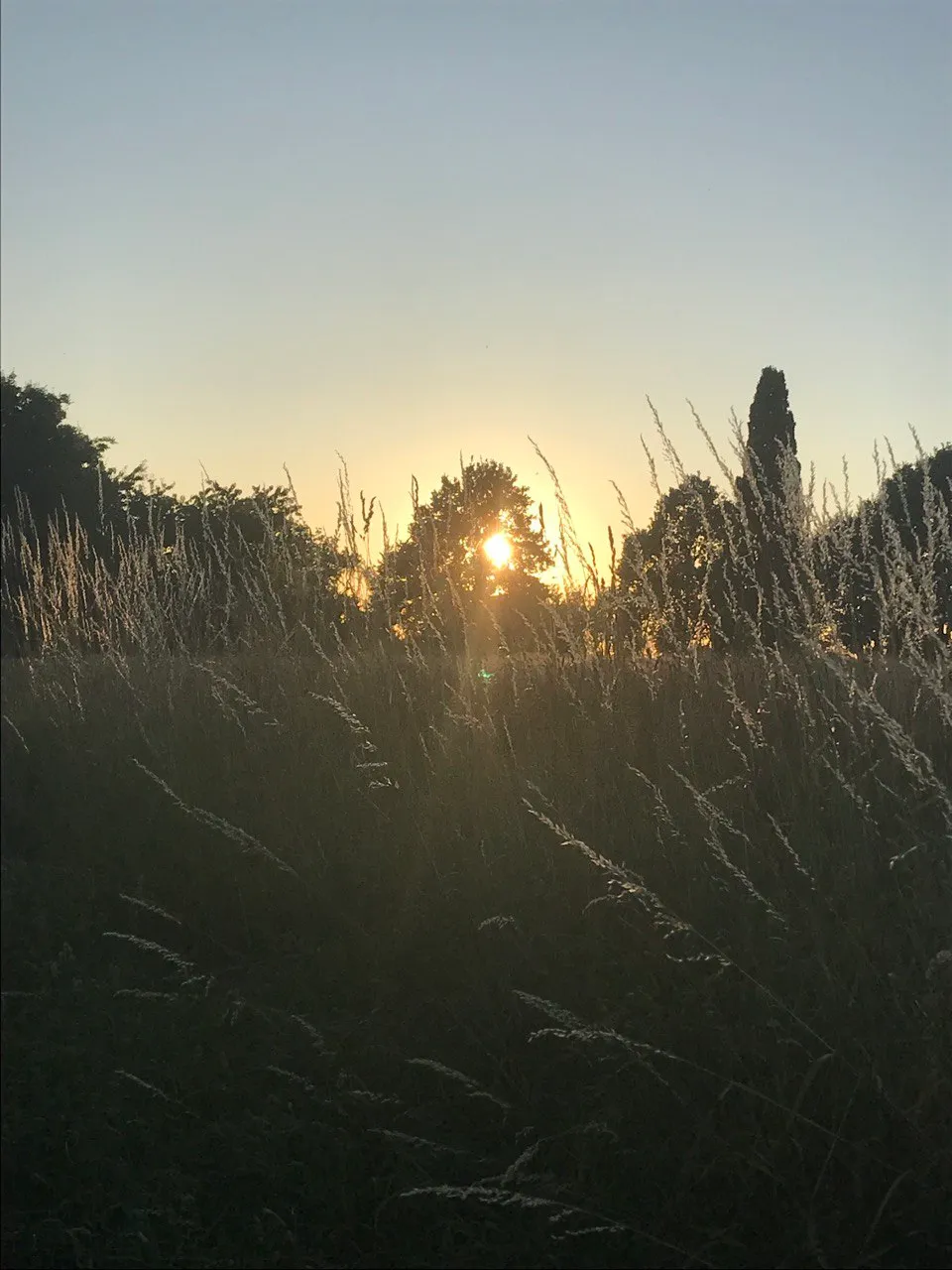

I carefully made my way between the branches, whose branches groaned under the weight of the fruit. Each berry seemed filled to the brim with the essence of summer - plump, vital, a little powerhouse. I delicately removed them from the stalk and collected them carefully, almost reverently - as if I didn't want to damage their magic. The fully ripe, fully laden fruit stalks fell into my hands almost of their own accord - as if they had sensed that I had big plans for them. And indeed I had ...
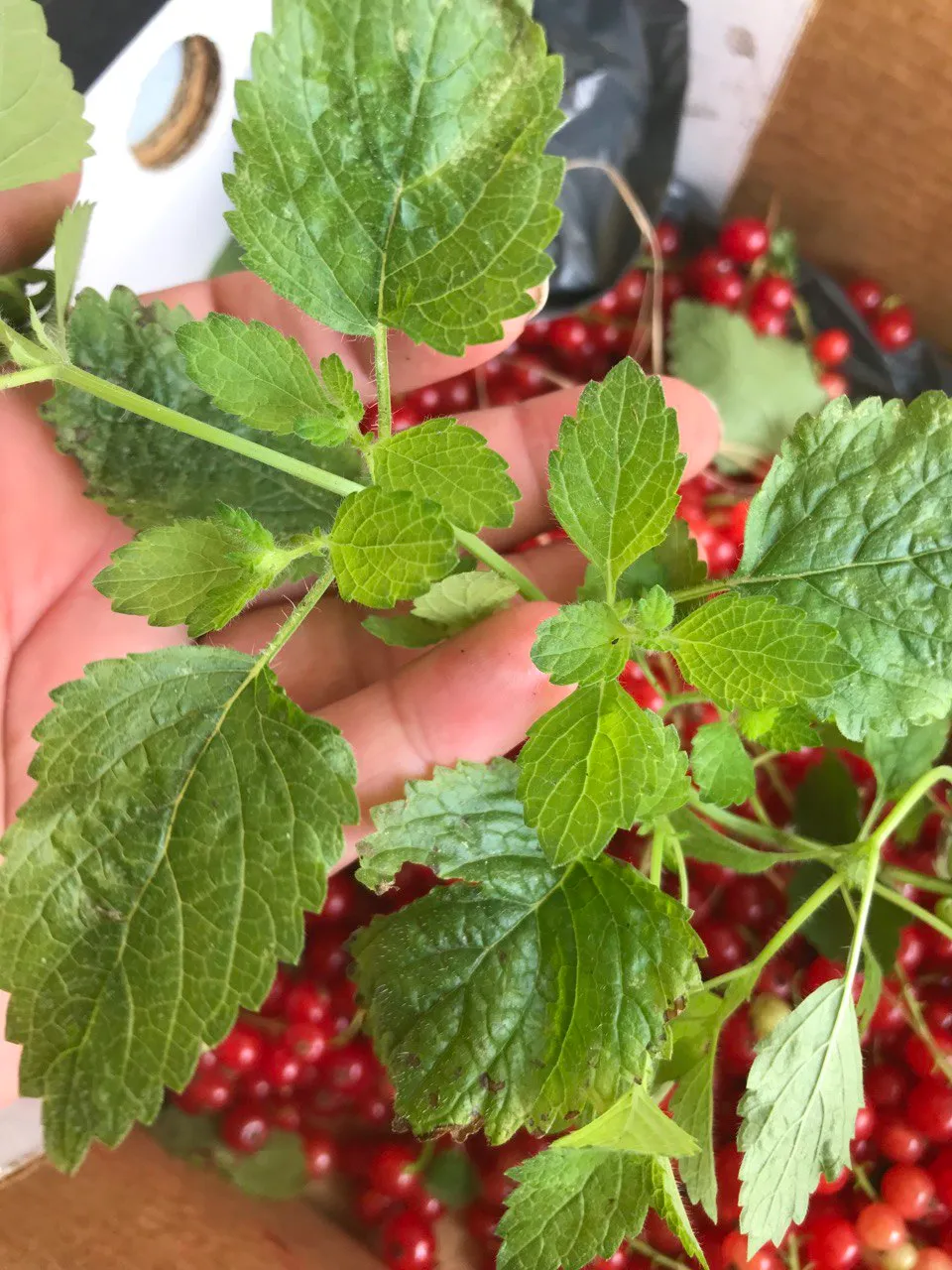
The transformation - from shrub to elixir
Back at home, the silent alchemy in the kitchen began. The berries were washed and gently processed into juice - with all their pulp. I took care to preserve the delicate flavours, without any sugar or additives. The result was surprising: a magical, ruby-red juice that still had delicate fruit fibres - a rare combination of purity and character.
Some people don't like the pulp - the mashed fruit flesh in the juice - so they don't mash the berries at all. But I don't want to leave any of the fruit behind. I'm happy to take the pulp into the bottles - and now I'll tell you what possibilities this type of processing offers ...

The fine droplet - here's how
Firstly, wash all the berries thoroughly and remove any coarse dirt. I always leave the stalk on - after all, it was the vital link that nourished each individual berry.
The berries are now placed in a large pot and poured over with fresh water - preferably spring water - just enough to cover them. Then slowly bring to the boil. And now comes my method: If you want to incorporate the pulp into the juice, keep stirring and mashing the mixture gently with a spoon - the more intense, the fuller the flavour. Then press everything through a fine sieve, collect the juice and reheat in another pan. No sugar is added - so the juice keeps naturally and can be used in many ways: for jelly, syrup, drinks or jam.
And if you don't want any pulp in the juice, simply leave the berries to cook until they have burst open. Then carefully drain through a sieve - without stirring or pressing! Then heat briefly and pour into sterilised jars or bottles. That's it!
It's that simple - and a wonderful way to process large quantities of redcurrants if your bushes are in a generous mood.
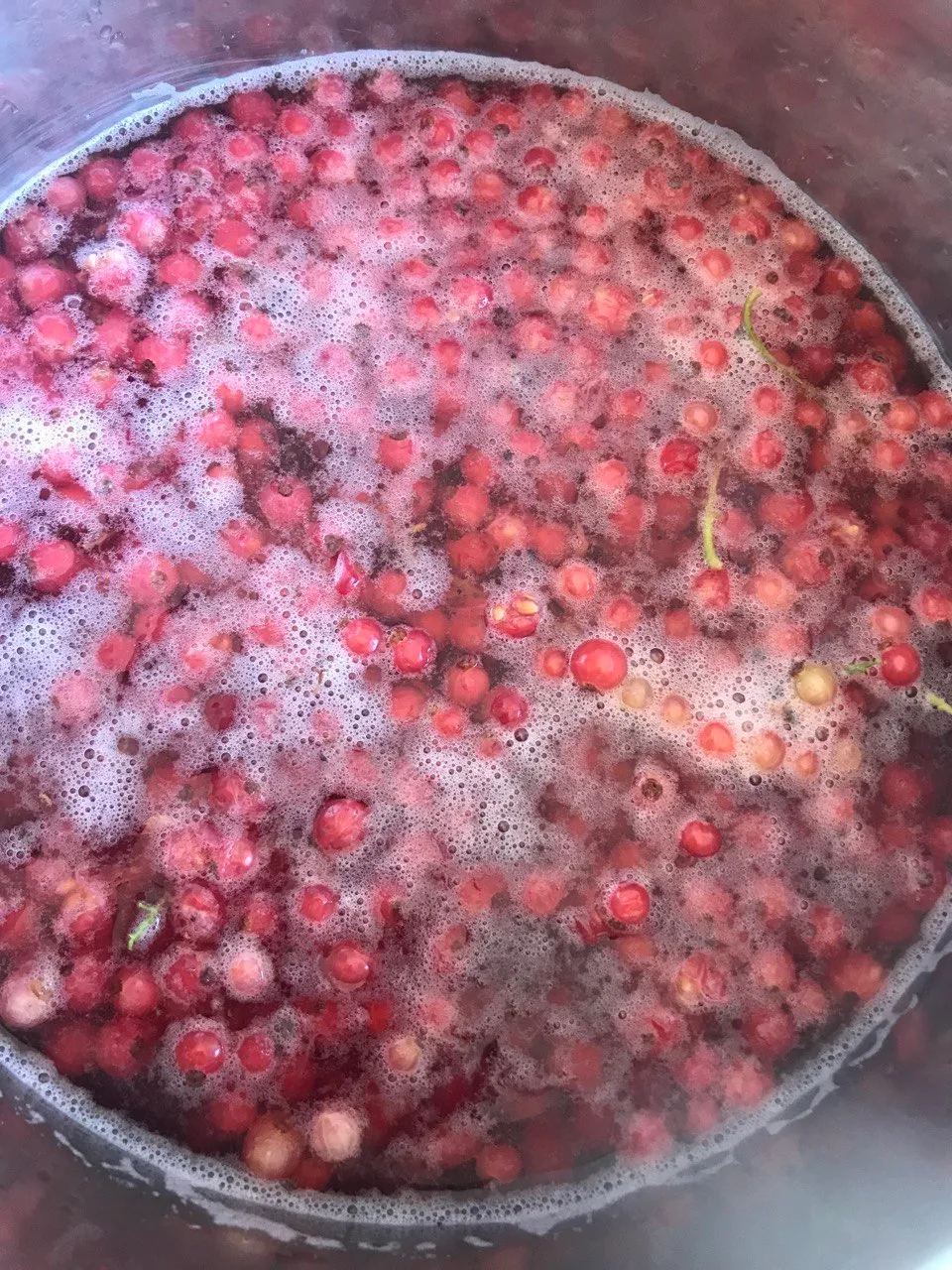
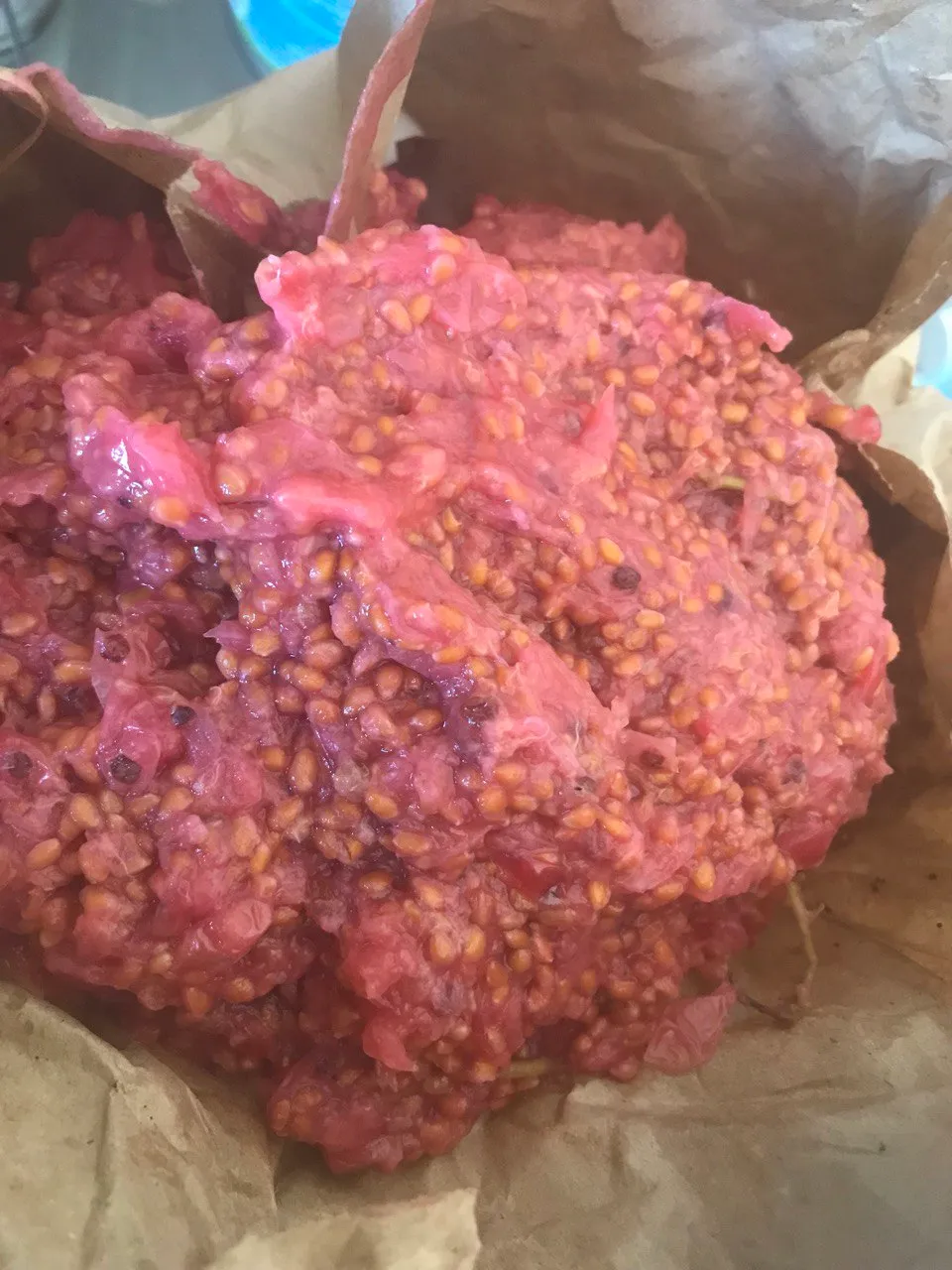
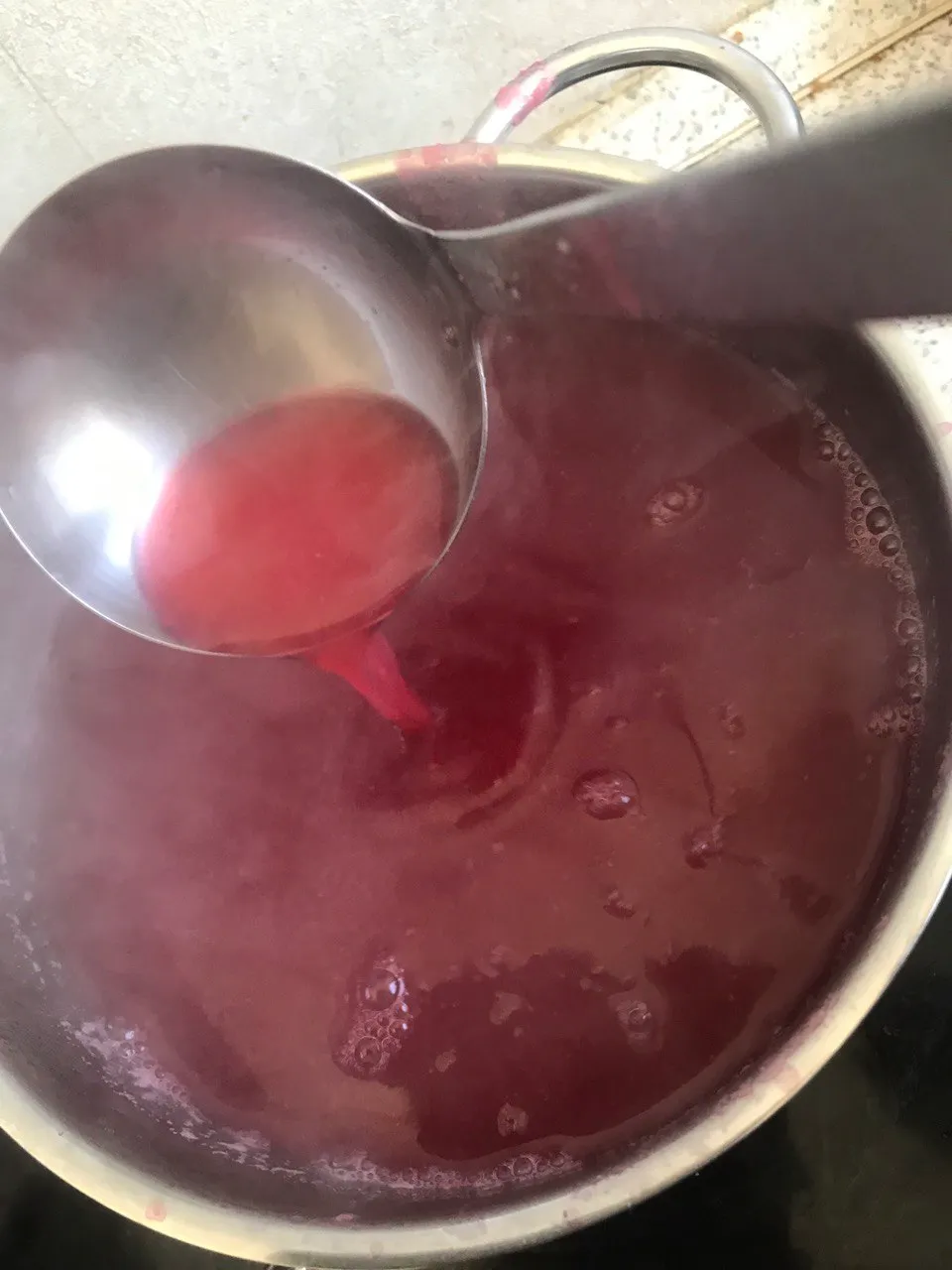
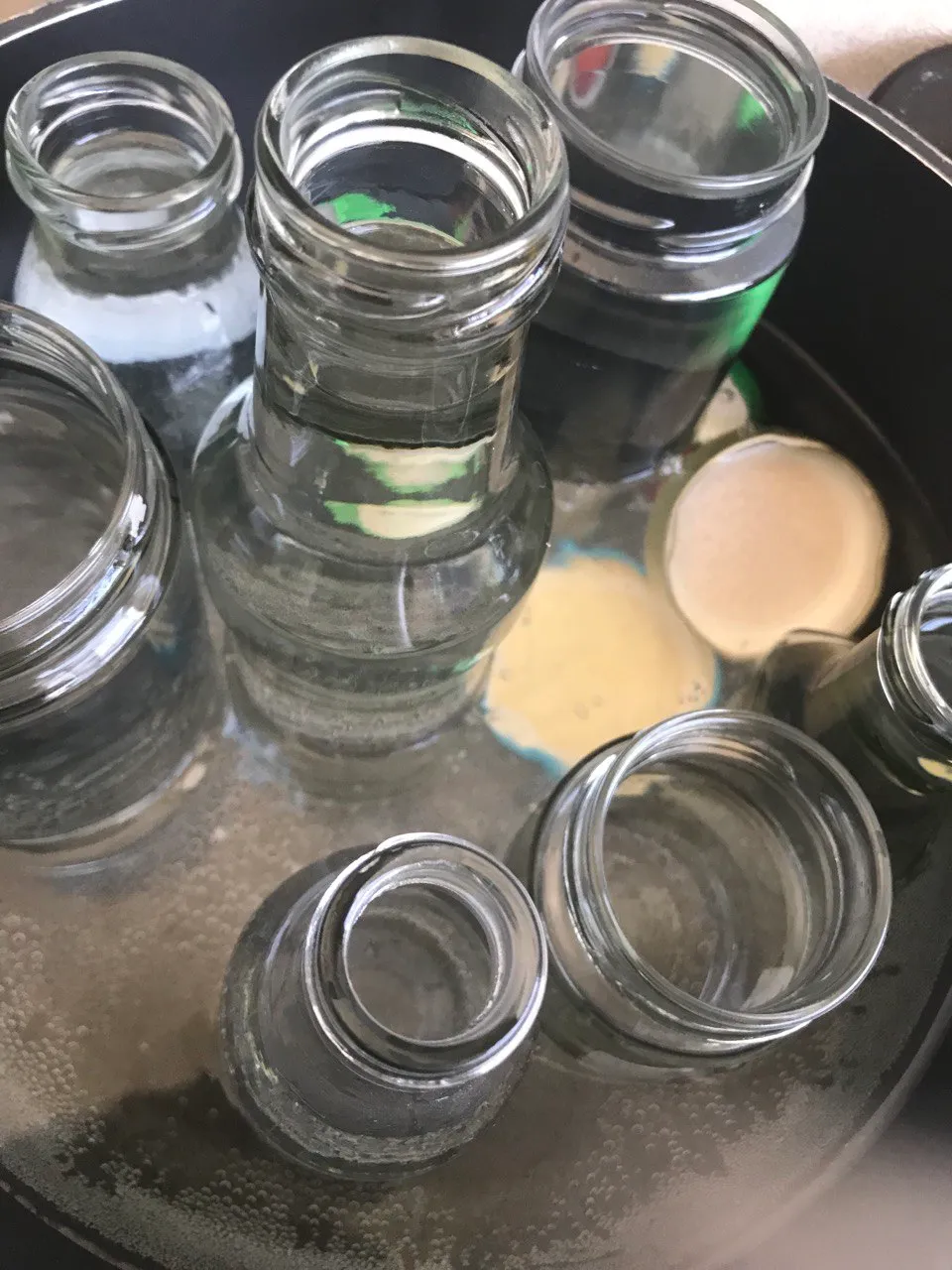
A neutral all-rounder
This juice is like a blank slate with a soul. Drunk pure, it has a pleasant acidity that refreshes. Boiled down into a syrup, it becomes a velvety base for delicious summer drinks. And as a jelly on a sandwich? A real treat in the morning!
However, my favourite remains the marriage with other fruits - especially apples. Their mild flavour and natural sweetness harmonise perfectly with the tart tanginess of redcurrants. Together they create jams that not only shine on the breakfast table, but also on cheese boards or as a filling in fine pastries.
However, as my favourite varieties of apples are not yet ripe - I prefer old German late apples anyway - the apple and redcurrant jelly will have to wait a little longer. But before that, I'll tell you how easy it is to make this untreated, unsweetened juice yourself.
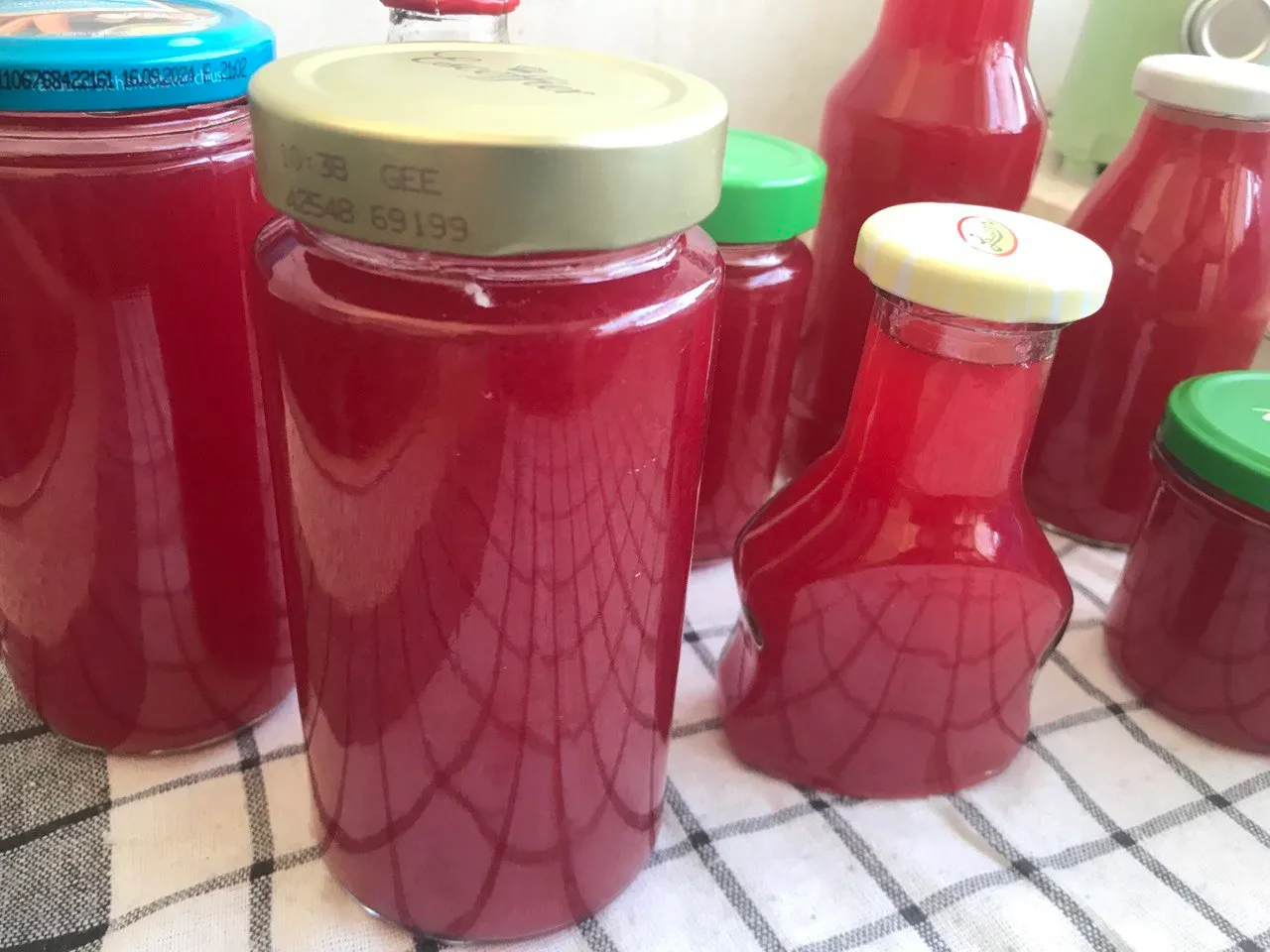
A drop full of stories
Every bottle of this juice now reminds me of the rustling of the leaves, the scent of the morning and the soft plopping of the berries as they are picked. A quiet adventure in bottle form - summer, captured: clear, fruity, with pulp and heart.
This was a beautiful piece of work, and I'm delighted if you read my post and found it helpful. Have a wonderful day - and be richly blessed in Jesus' name. See you next time! 🙏🍇
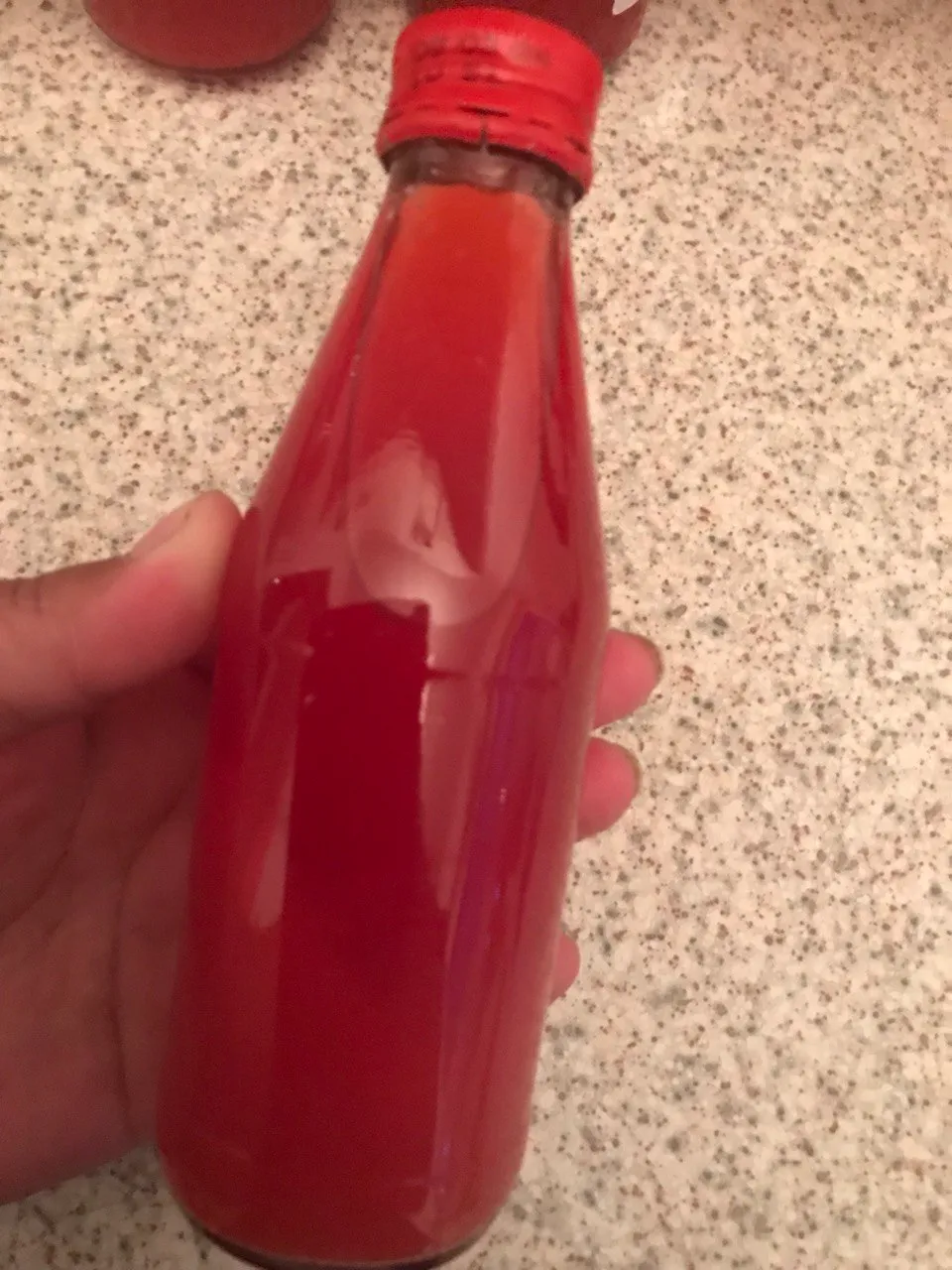
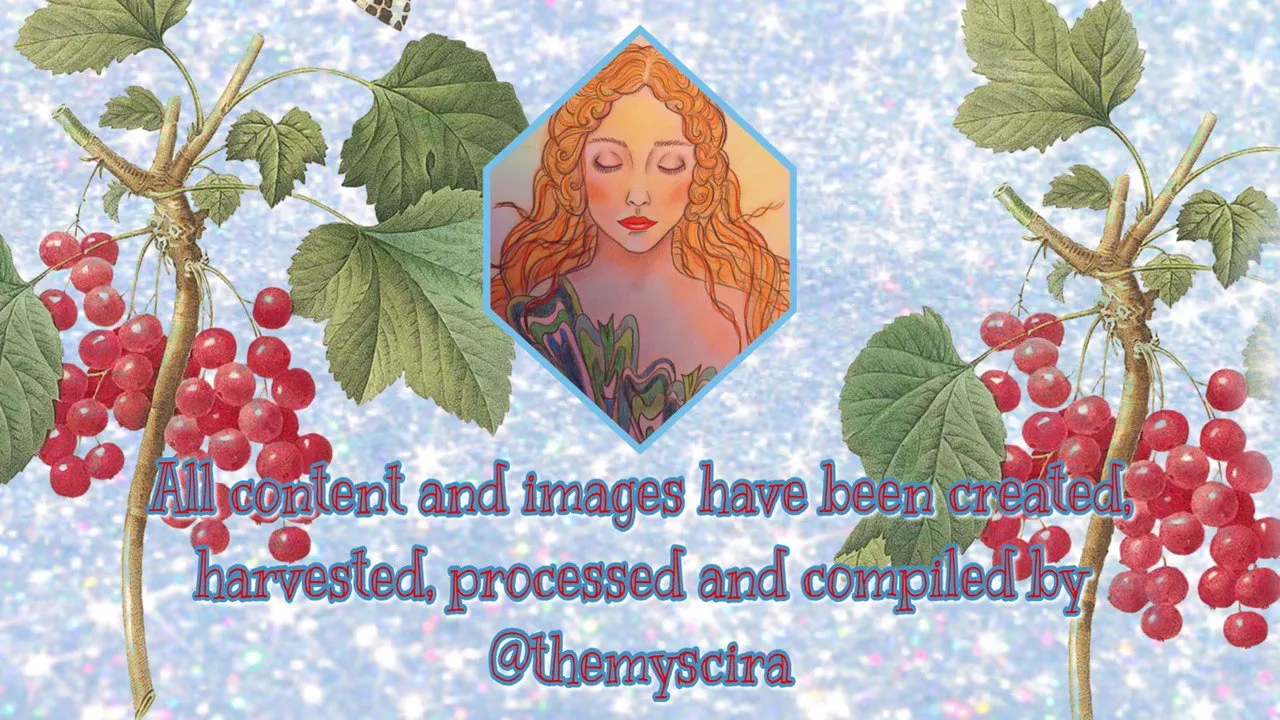
So schmeckt der Sommer

Hallo, ihr Lieben! Ich wünsche euch allen einen zauberhaften Start in den Tag – und dass ihr an diesem heißen Sommertag ein wenig Abkühlung findet. Hierzulande ist es gerade sehr warm, und deshalb machte ich mich schon früh am Morgen auf den Weg. Noch war der Tau nicht ganz verdunstet, als ich mit einem Korb bewaffnet durch den Garten streifte. Die Sonne schielte gerade erst über den Horizont, doch ich wusste: Jetzt ist die Stunde der roten Juwelen. Denn kurz vor der Mittagsglut leuchten die Johannisbeeren am kräftigsten – ein tiefes, lebendiges Rot, das zwischen den Blättern hervorblickt wie kleine Laternen.
Ich bahnte mir vorsichtig meinen Weg zwischen die Zweige, deren Äste unter der Last der Früchte ächzten. Jede Beere schien randvoll gefüllt mit der Essenz des Sommers – prall, vital, ein kleines Kraftpaket. Mit Fingerspitzengefühl löste ich sie vom Strunk, sammelte sie behutsam ein, fast ehrfürchtig – als wollte ich ihre Magie nicht verletzen. Die ganz reifen, voll beladenen Fruchtstände fielen mir fast von selbst in die Hände – als hätten sie geahnt, dass ich Großes mit ihnen vorhabe. Und das hatte ich tatsächlich …
Die Verwandlung – Vom Strauch zum Elixier
Wieder zuhause begann die stille Alchemie in der Küche. Die Beeren wurden gewaschen und in einem schonenden Verfahren zu Saft verarbeitet – und zwar mit all ihrer Pulpe. Dabei achtete ich darauf, die feinen Aromen zu bewahren, ganz ohne Zucker oder Zusatzstoffe. Das Ergebnis war überraschend: ein zauberhafter, rubinroter Saft, der dennoch zarte Fruchtfasern mit sich führte – eine seltene Kombination aus Reinheit und Charakter.
Die Pulpe – das zerdrückte Fruchtfleisch im Saft – mögen manche nicht, deshalb zerdrücken sie die Beeren erst gar nicht. Ich aber möchte nichts von der Frucht zurücklassen. Ich nehme die Pulpe mit Freude mit in die Flaschen – und erzähle dir nun, welche Möglichkeiten diese Art der Verarbeitung bietet …
Das feine Tröpfchen – so geht’s
Zuerst alle Beeren gründlich waschen und von grobem Schmutz befreien. Ich lasse den Strunk immer dran – er war schließlich die Lebensverbindung, die jede einzelne Beere nährte.
Die Beeren kommen nun in einen großen Topf, übergossen mit frischem – am besten Quellwasser – gerade so viel, dass sie bedeckt sind. Dann langsam zum Kochen bringen. Und jetzt kommt mein Verfahren: Wer die Pulpe mit in den Saft übernehmen möchte, rührt und zerdrückt die Masse immer wieder sanft mit einem Löffel – je intensiver, desto voller der Geschmack. Danach alles durch ein feines Sieb drücken, den Saft auffangen und in einem weiteren Topf nochmals erhitzen. Zucker wird keiner hinzugefügt – so bleibt der Saft natürlich haltbar und vielseitig einsetzbar: für Gelee, Sirup, Getränke oder Marmelade.
Und wer keine Pulpe im Saft möchte, lässt die Beeren einfach in Ruhe kochen, bis sie aufgeplatzt sind. Dann das Ganze vorsichtig durch ein Sieb ablaufen lassen – ohne Rühren oder Drücken! Anschließend ebenfalls kurz erhitzen und in sterile Gläser oder Flaschen füllen. Fertig!
So einfach ist das – und eine wunderbare Methode, um auch große Mengen Johannisbeeren zu verarbeiten, falls deine Sträucher in großzügiger Laune sind.
Ein neutrales Multitalent
Dieser Saft ist wie ein unbeschriebenes Blatt mit Seele. Pur getrunken bringt er eine angenehme Säure mit sich, die erfrischt. Als Sirup eingekocht wird er zur samtigen Grundlage für herrliche Sommergetränke. Und als Gelee, eingefangen auf einem Butterbrot? Ein Hochgenuss am Morgen!
Mein Favorit bleibt jedoch die Vermählung mit anderen Früchten – besonders mit Äpfeln. Ihr milder Geschmack und ihre natürliche Süße harmonieren perfekt mit der säuerlichen Spritzigkeit der Johannisbeere. Zusammen entstehen Marmeladen, die nicht nur auf dem Frühstückstisch glänzen, sondern auch auf Käseplatten oder als Füllung in feinem Gebäck.
Da meine Lieblingssorten an Äpfeln allerdings noch nicht reif sind – ich bevorzuge ohnehin alte deutsche Spätäpfel – muss das Apfel-Johannisbeer-Gelee noch ein wenig warten. Aber vorher verrate ich dir noch, wie einfach es ist, diesen unbehandelten, ungezuckerten Saft selbst herzustellen.
Ein Tropfen voller Geschichten
Jede Flasche dieses Saftes erinnert mich nun an das Rascheln der Blätter, den Duft des Morgens und das leise Ploppen der Beeren beim Pflücken. Ein stilles Abenteuer in Flaschenform – der Sommer, eingefangen: klar, fruchtig, mit Pulpe und Herz.
Das war eine schöne Arbeit, und ich freue mich sehr, wenn du meinen Beitrag gelesen und als hilfreich empfunden hast. Hab einen wundervollen Tag – und sei reich gesegnet in Jesu Namen. Bis zum nächsten Mal! 🙏🍇
